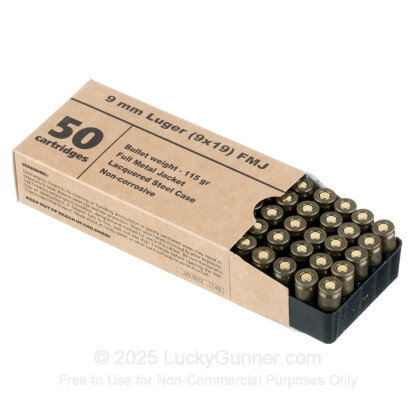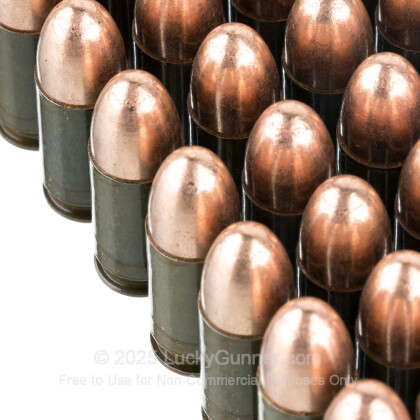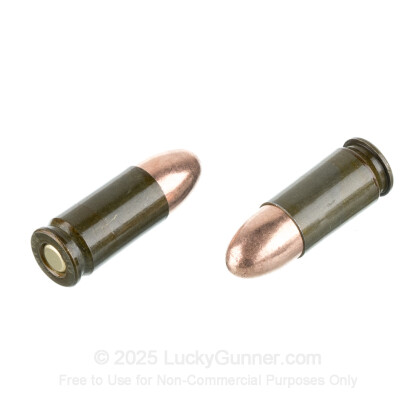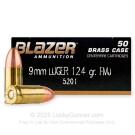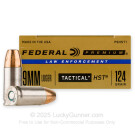Ask a Question
Our customer service team has published this Q&A information as a free service to the shooting community.
Please note that LuckyGunner.com expressly disclaims any and all liability with regard to how the shooting community
might use this Q&A information. See Terms of Use for more details.
Posted On: 6/4/2021
By: Thomas Rainer
A: Thanks for reaching out Thomas! Steel-cased ammo is generally not quite as accurate as brass-cased. It's manufactured to relatively higher tolerances, and a steel case's comparative inelasciticty means it cannot seal the chamber as effectively during ignition. You will never find steel-cased match grade ammo for this reason. For regular training, target shooting and plinking I've always found steel-cased ammo's accuracy serviceable, however. I hope you will leave a review of this ammo with your impression of it!
Posted On: 5/5/2021
By: Gordon
A: Thanks for reaching out Gordon! We didn't chrono this ammo personally – I just copied the data over from Barnaul's own website (barnaulammo.com/pistol-ammo/barnaul-9mm-luger.php). They do say its max pressure is 34,084 psi, which falls just under SAAMI's pressure limit of 35,001 psi, so assuming that data is accurate and not some kind of Slavic magic this is just regular 9mm, not +P. Maybe they used a longer barrel than normal when they recorded this ammo's MV. I have reached out to them for clarification, but there might be some kind of language barrier that's slowing down our communication. I'll let you know if I hear from them, though!
Posted On: 5/4/2021
By: Val
A: It’d be my pleasure Val! Many ammo manufacturers, mostly Russian ones, substitute steel cases for brass ones when they load ammo. They do this because steel is much cheaper than brass, the latter of which contains a lot of valuable copper. You’ll notice that brands like Barnaul, TulAmmo (aka Tula) and Wolf are all lower priced for this reason.
Steel cases aren’t as supple (or elastic) as brass ones. Thus they have have three shortcomings:
1. They are not suitable for handloading, as steel cases don’t return to their original dimensions following ignition. To compound this, steel cases typically have Berdan primers, which make handloading more complicated for their own reasons. Happy to explain why if you like.
2. Steel cases permit more carbon fouling to enter a firearm’s action. This is because they don’t expand during ignition to seal the chamber as effectively, which lets propellant residue to enter the action.
3. Steel-cased ammo may cause more failures to feed and extract in certain firearms, especially high-quality ones that are constructed according to tight tolerances. Some firearms don’t mind steel-cased ammo at all, though. It’s really a case by case basis, in my personal experience.
One more thing to bear in mind with steel-cased ammo: It nearly always has magnetic bullets. Manufacturers which seek to lower production costs by loading steel cases usually include the cheap, ferrous metal in their bullet jackets as well. It’s soft steel that won’t harm a barrel, but it’s still going to attract a magnet and therefore be unwelcome at many indoor ranges.
Please let me know if you’d like to know anything else!

